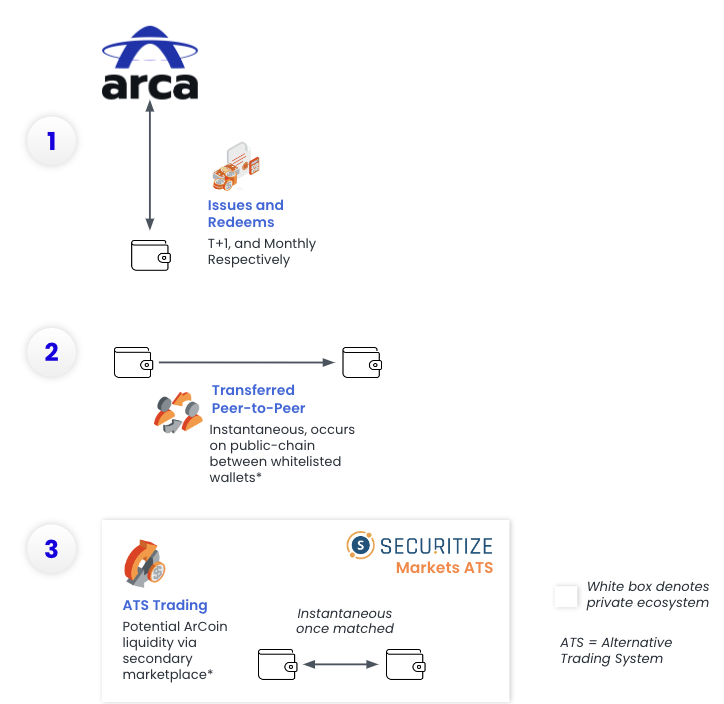Podcast Summary
This podcast episode delves into the intricacies of the Maker Protocol Protocol, its endgame plan, and the implications of its governance structure. The co-hosts also discuss the performance of Ethereum as a base layer compared to other Layer 1 solutions and the potential for users to choose their preferred token for gas payments.
Key Takeaways
Maker Protocol’s Endgame Plan
- Decentralization of Governance: Maker Protocol aims to decentralize its governance structure through a five-phase endgame plan. This includes rebranding, introducing a new native governance token, creating sub-DAOs, and implementing AI tools for governance processes.
- Controversy Over New Chain: The creation of a new chain for Maker Protocol in the fifth phase of the plan has sparked some controversy, raising questions about the robustness and trust in human organization.
Ethereum’s Gas Limit Debate
- Increasing Gas Limit: There is a debate within the Ethereum community about increasing the target gas limit on the Ethereum main chain to make transactions more affordable. However, this seems contradictory to Ethereum’s roadmap, which focuses on scaling solutions and moving users to layer twos.
- Impact on Client Diversity: Raising the gas limit may lower client diversity at the execution layer, with over 85% of clients currently using Geth. The trade-off is between performance and decentralization/robustness, with Ethereum focusing on the latter.
Token Choices for Gas Payments
- User Experience: The podcast discusses the idea of allowing users to choose the token they want to use as gas, providing a better user experience. The example of Osmosis is given, where users can use ATOM to pay for gas.
- Native Tokens for L2 Transactions: The trade-offs of using native tokens for L2 transactions are discussed, including accounting difficulties, sell pressure, and the need for liquidity between the native token and ETH.
Sentiment Analysis
- Bullish: The co-hosts express optimism about the potential for users to choose their preferred token for gas payments, which could improve the user experience. They also discuss the impressive start of the combined spot ETFs, indicating a positive outlook for the market.
- Bearish: There are concerns about the future growth of RWAs and their reliance on third parties. The drop in the PSM value raises concerns about the future investment in RWAs and the reliability of off-chain assets. Additionally, the debate over increasing Ethereum’s gas limit and the potential impact on client diversity suggests some uncertainty about Ethereum’s future performance.
- Neutral: The co-hosts provide a balanced view on Maker Protocol’s endgame plan, discussing both its potential benefits and the controversy it has sparked. They also discuss the trade-offs of using native tokens for L2 transactions, indicating a neutral stance on this issue.













